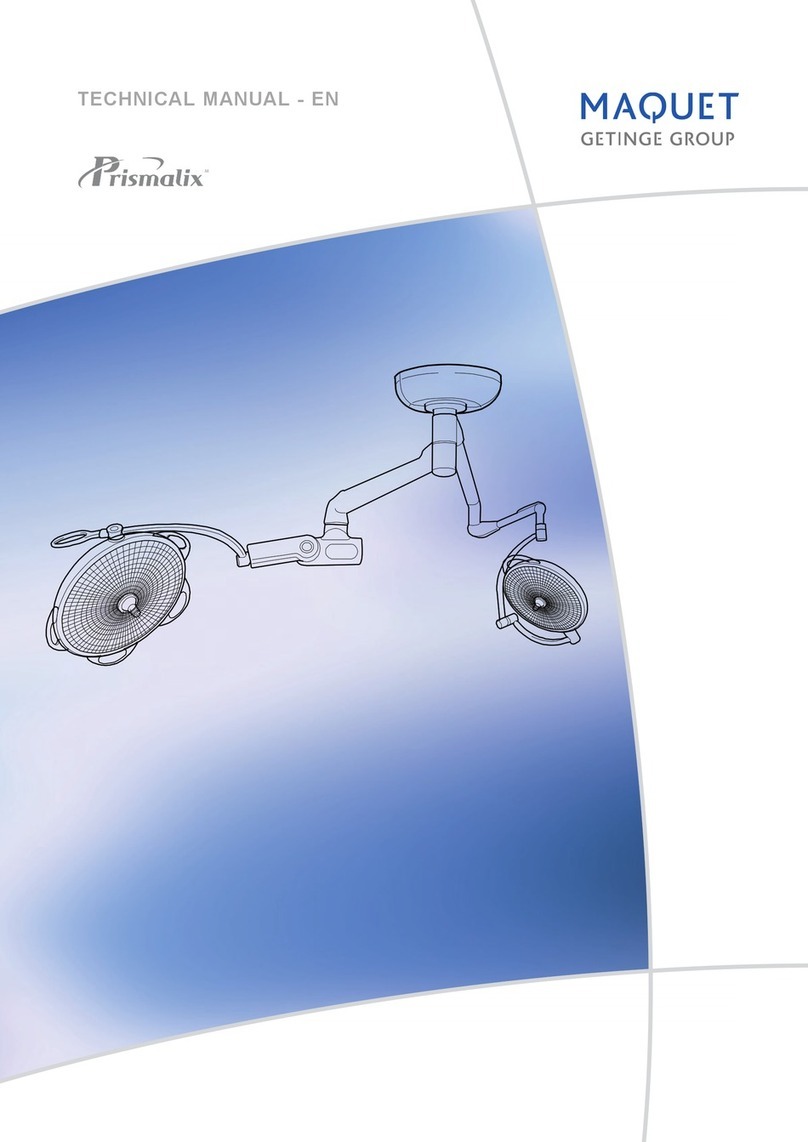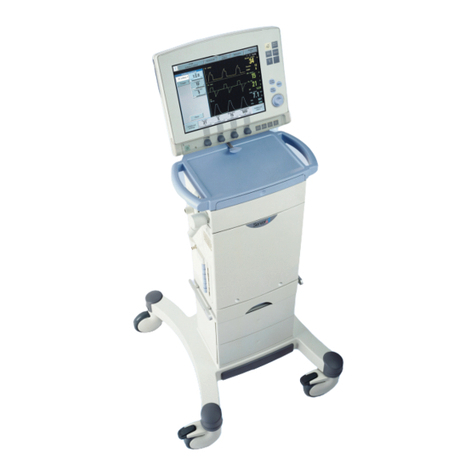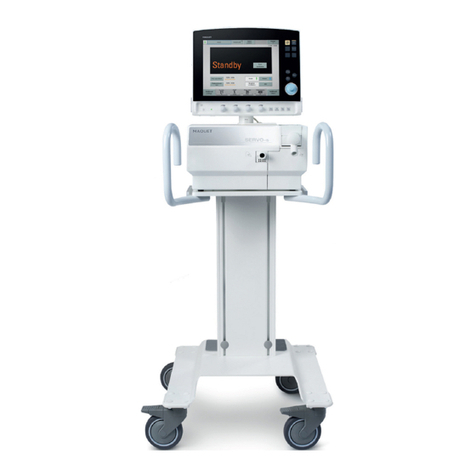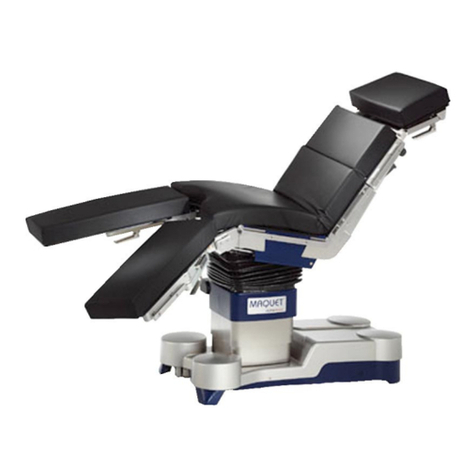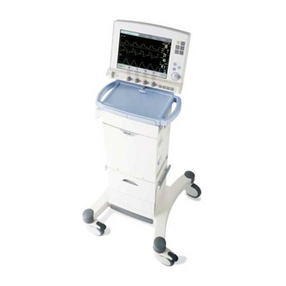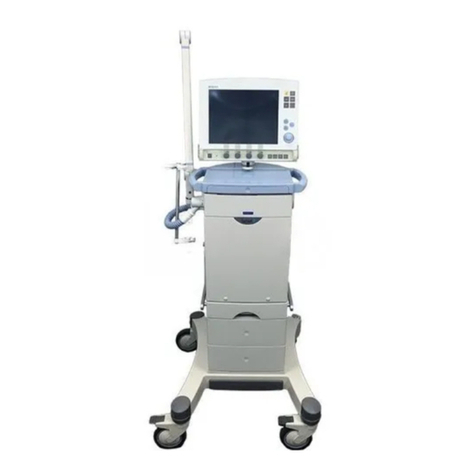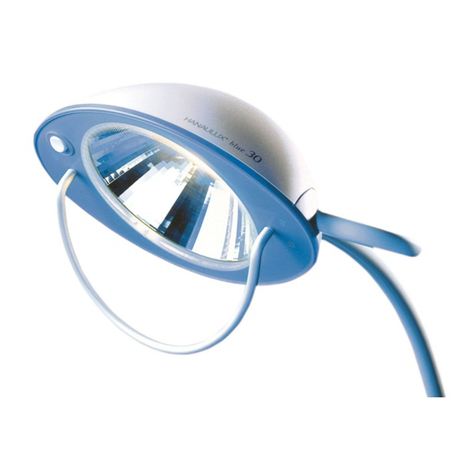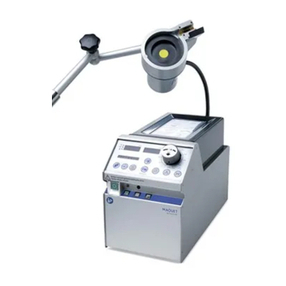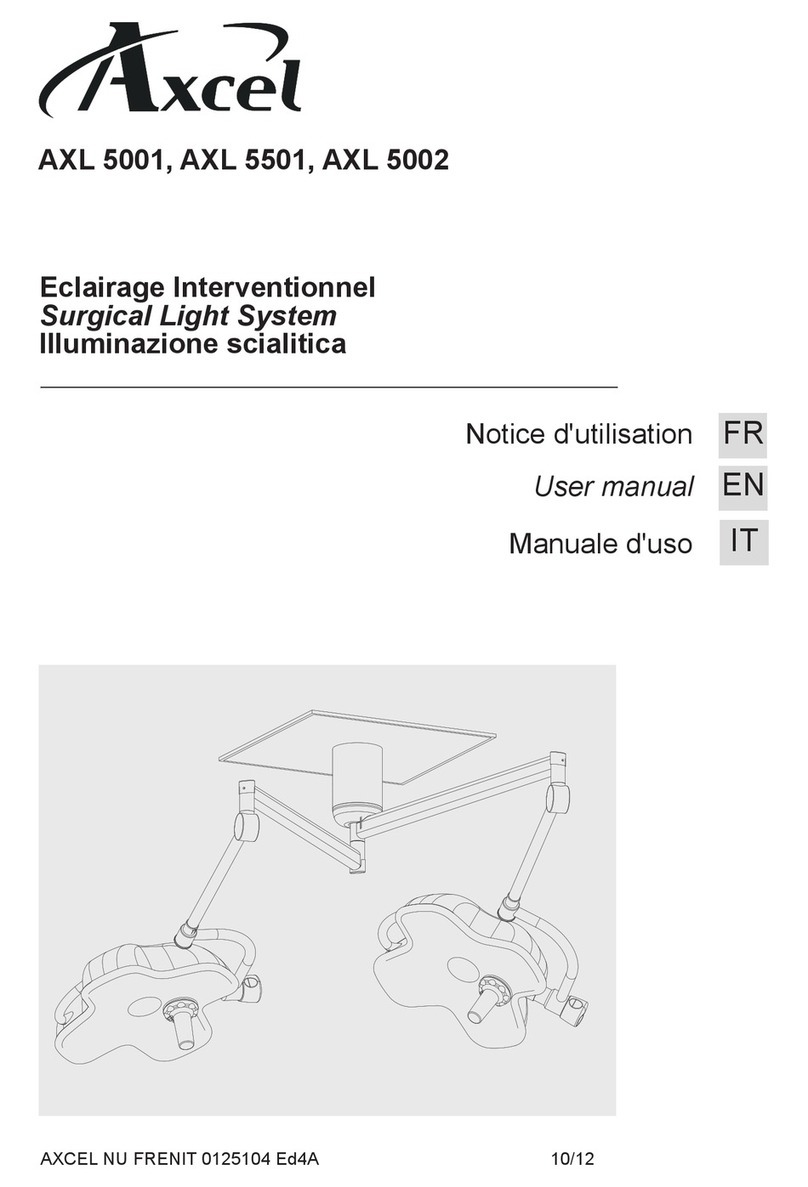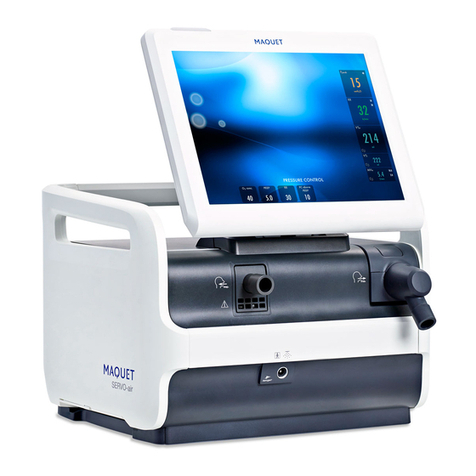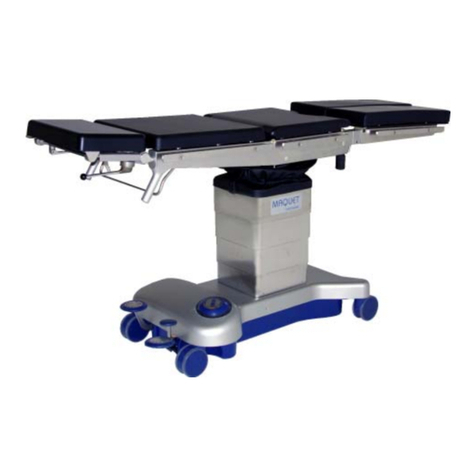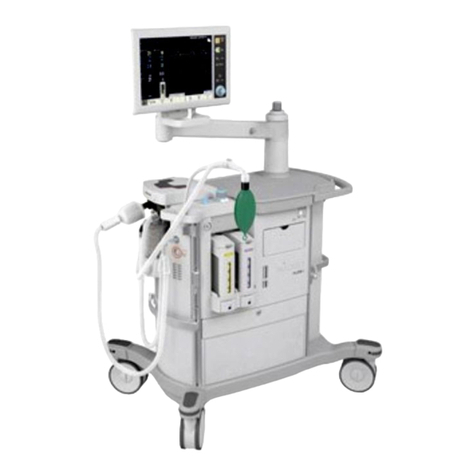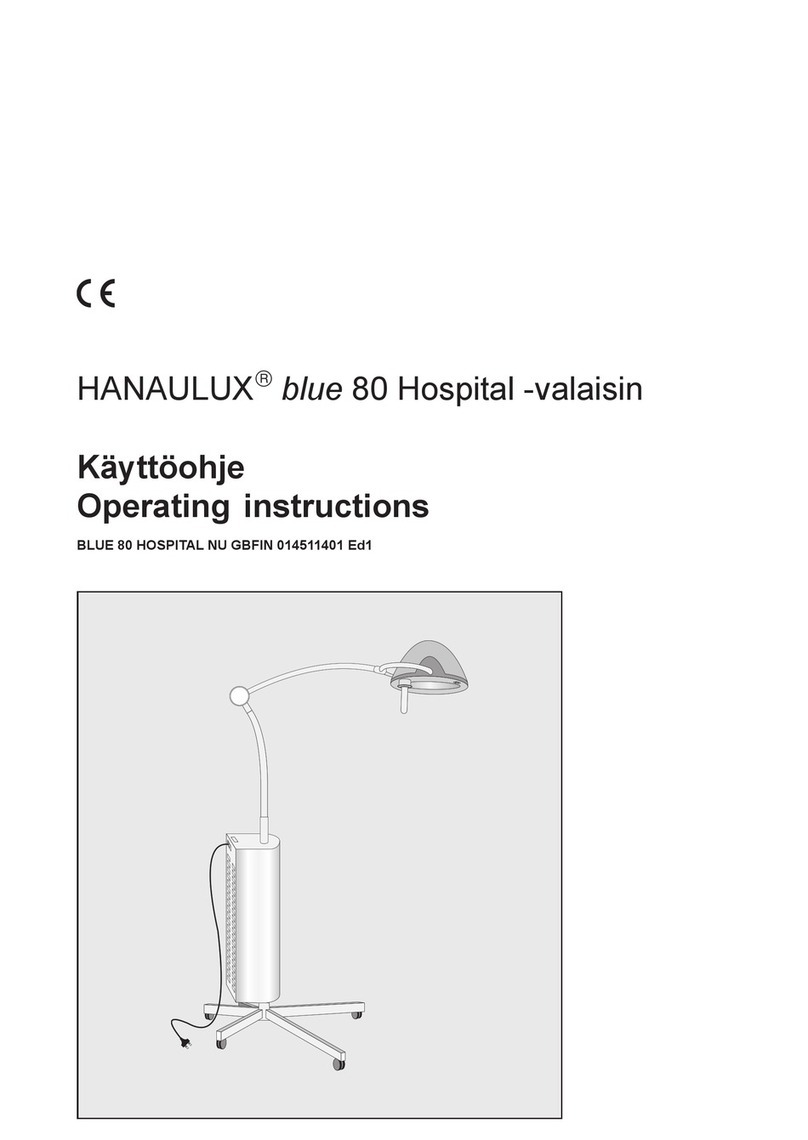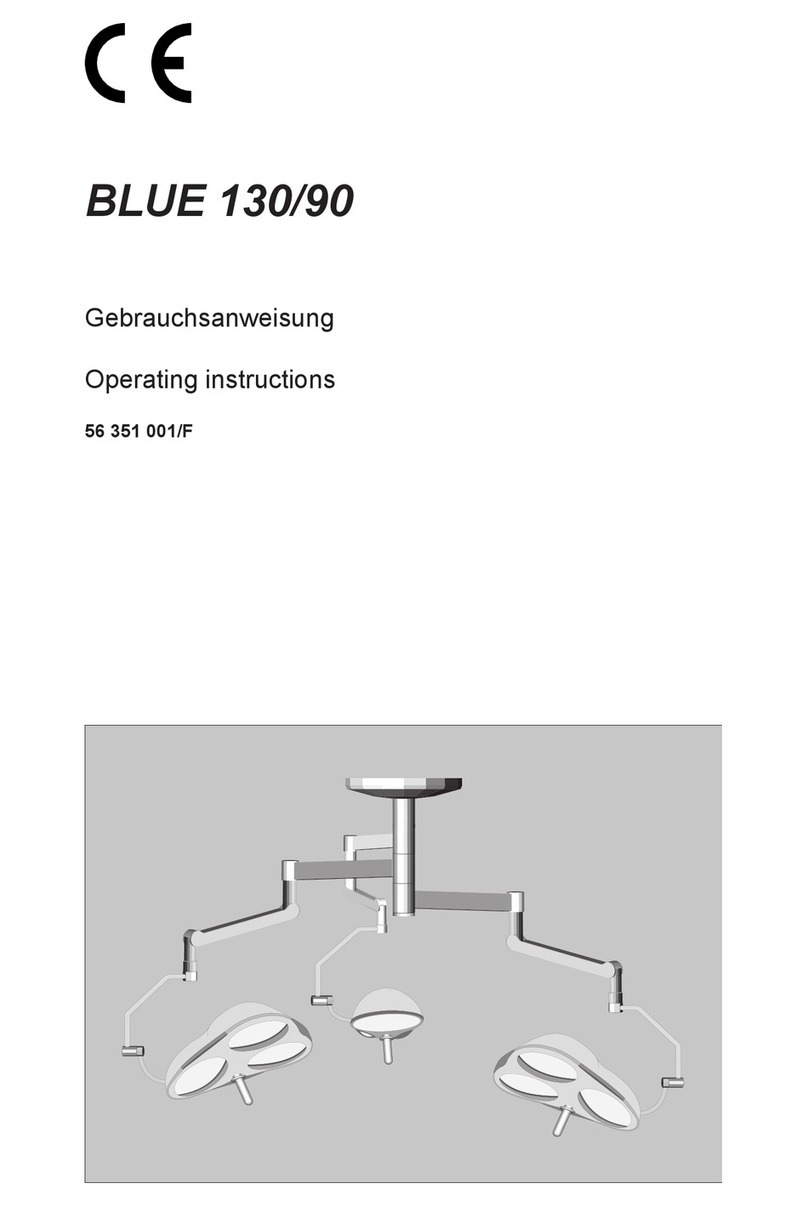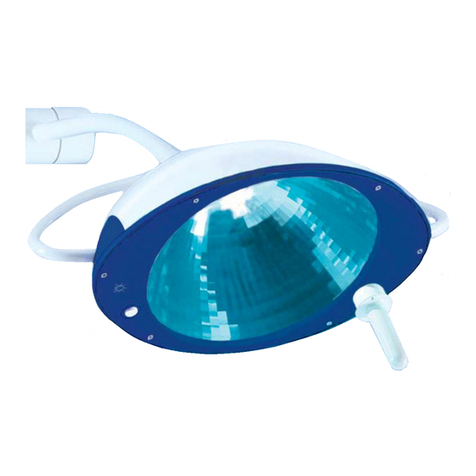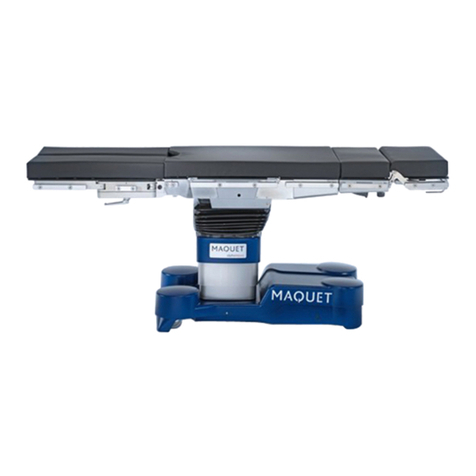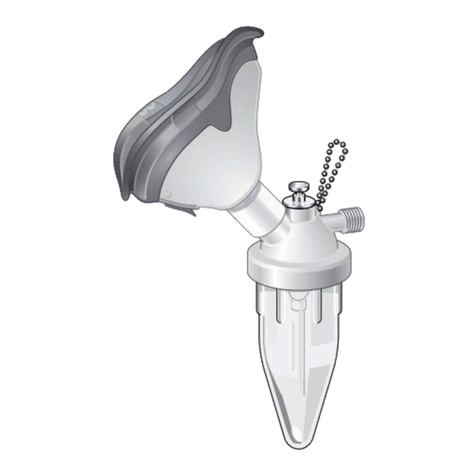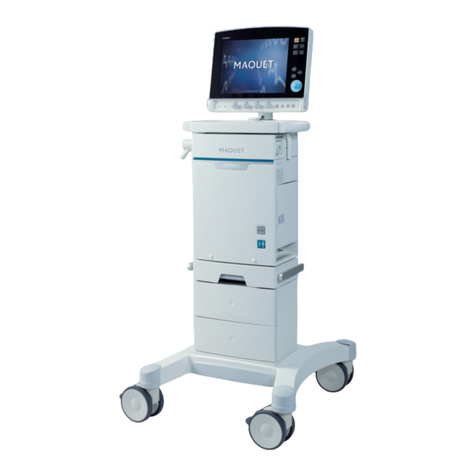
7|
| Abbreviated Operator’s Guide | CS300™|
Prolonged Time in Standby and Thrombus on the IAB membrane:
If the CS300 is inadvertently placed in STANDBY, the time in STANDBY will appear on
the left side of the monitor screen. After 10 minutes an alert message will appear. The
audible alert is user selectable. Verify whether it is appropriate to resume assist. If so,
press the START key to resume assist.
WARNING: The patient balloon should not remain inactive (i.e., not inflating and defla-
ting) for more than 30 minutes due to the potential for thrombus formation.
USE IN ELECTRO-SURGICAL ENVIRONMENT
The CS300 IABP has built in Electro-Surgical Interference Suppression (ESIS) that
minimizes Electro-Surgical Unit (ESU) noise from disturbing system performance.
While the system will suppress ESU noise, it cannot eliminate it all together. Sparking
to tissue occurs when an ESU is operated. This generates noise that extends into the
ECG frequency range. Since the system must pass these frequencies, some ESU noise
may interfere with the ECG signal, particularly with high ESU power settings. Limiting
the power of this noise energy is desirable. The magnitude of interference is directly
related to the power setting of the ESU, which should be as low as possible for the
intended effect. Successful ECG triggering in the presence of ESU noise depends, to
a large extent, on proper patient preparation and ESU use. Following the guidelines
listed will minimize the amount of energy coupled from the ESU to the ECG input of
the CS300, generally resulting in stable ECG triggering. When the CS300 is in AUTO
Operation mode, it will automatically select Pressure Trigger when ESU interference
is detected and return to ECG a short interval after interference ceases. If the clinician
prefers to stay in Pressure Trigger during the operating room procedure, this can be
accomplished by selecting SEMI AUTO Operation mode. Then select Pressure Trigger
Source. Return to AUTO Operation mode when appropriate. When the CS300 is
used in an electrosurgical environment, the following techniques are recommended to
minimize interference from electrosurgical devices:
nAlways use supplied MAQUET Operating Room ECG patient cable and lead wire
option. See “ECG Patient Cable Options” on page 10-7 of the CS300 Operating
Instructions for more information.
These cables are shielded and incorporate ESU suppression components
nKeep the ECG cables at right angles to the electrosurgical cables to the greatest
extent possible
nLocate the ECG electrodes as far away from the surgical site as possible
nLocate the ECG electrodes approximately equidistant from the surgical site to
minimize any difference in potential between electrodes
nPlace all ECG electrodes on the same plane (either anterior or posterior) to minimize
any difference in potential between electrodes
nPlace the electrosurgical return plate directly under the surgical site
nUse the minimum required electrosurgical setting
WARNING: External bedside monitors used with the CS300 in the operating room,
must be equipped with Electro-Surgical interference suppression.




















